Your smile isn’t the same without healthy gums—neither are your teeth, for that matter. So, maintaining your gums by protecting them from periodontal (gum) disease is a top priority.
Gum disease is caused by bacterial plaque, a thin biofilm that collects on teeth and is not removed due to poor oral hygiene practices. Infected gums become chronically inflamed and begin to weaken, ultimately losing their firm attachment to the teeth. This can result in increasing voids called periodontal pockets that fill with infection. The gums can also shrink back (recede), exposing the tooth roots to further infection.
Although gum disease treatment techniques vary, the overall goal is the same: remove the bacterial plaque fueling the infection. This most often involves a procedure called scaling with special hand instruments to manually remove plaque and calculus (tartar). If the infection has spread below the gum line we may need to use a procedure called root planing in which we scrape or “plane” plaque and calculus from the root surfaces.
As we remove plaque, the gums become less inflamed. As the inflammation subsides we often discover more plaque and calculus, requiring more treatment sessions. Hopefully, our efforts bring the disease under control and restorative healing to the gums.
But while gum tissue can regenerate on its own, it may need some assistance if the recession was severe. This assistance can be provided through surgical procedures that graft donor tissues to the recession site. There are a number of microsurgical approaches that are all quite intricate to perform, and will usually require a periodontist (a specialist in gum structures) to achieve the most functional and attractive result.
While we have the advanced techniques and equipment to treat and repair gum disease damage, the best approach is to try to prevent the disease from occurring at all. Prevention begins with daily brushing and flossing, and continues with regular dental cleanings and checkups.
And if you do notice potential signs of gum disease like swollen, reddened or bleeding gums, call us promptly for an examination. The sooner we diagnose and begin treatment the less damage this progressive disease can do to your gums—and your smile.
If you would like more information on protecting your gums, please contact us or schedule an appointment for a consultation. You can also learn more about this topic by reading the Dear Doctor article “Periodontal Plastic Surgery.”


